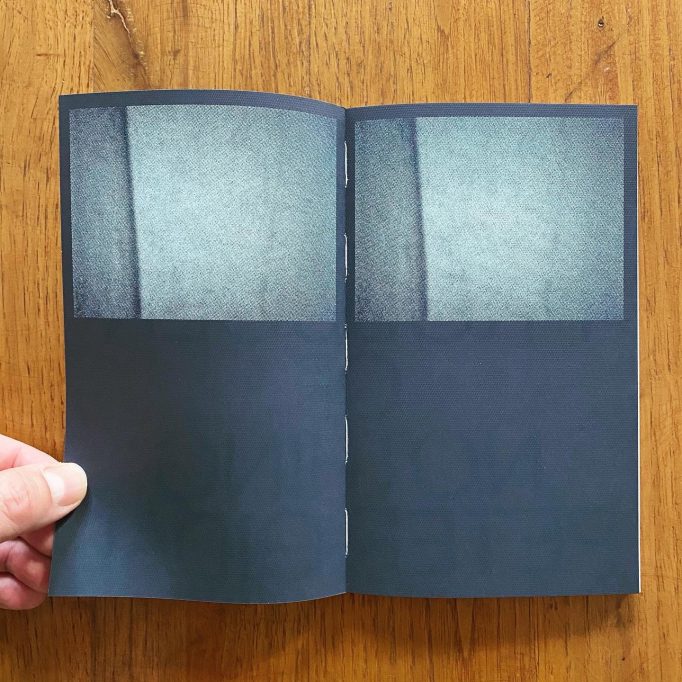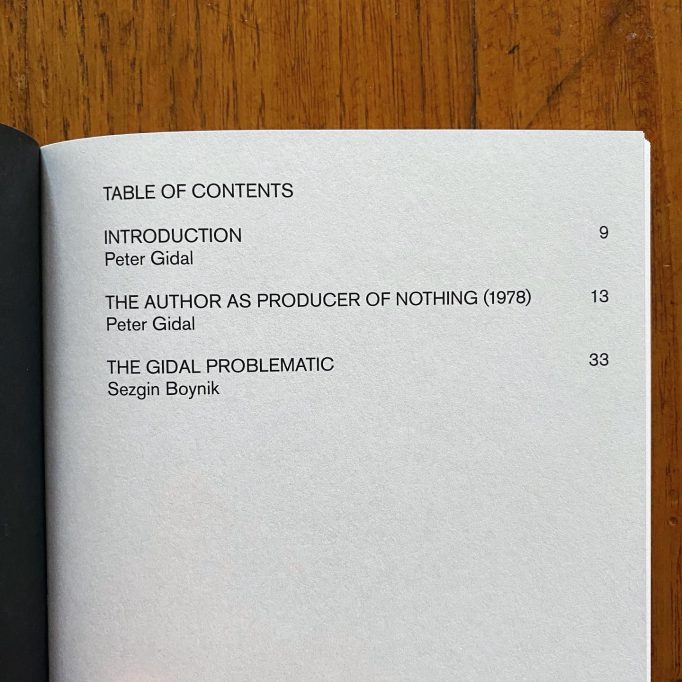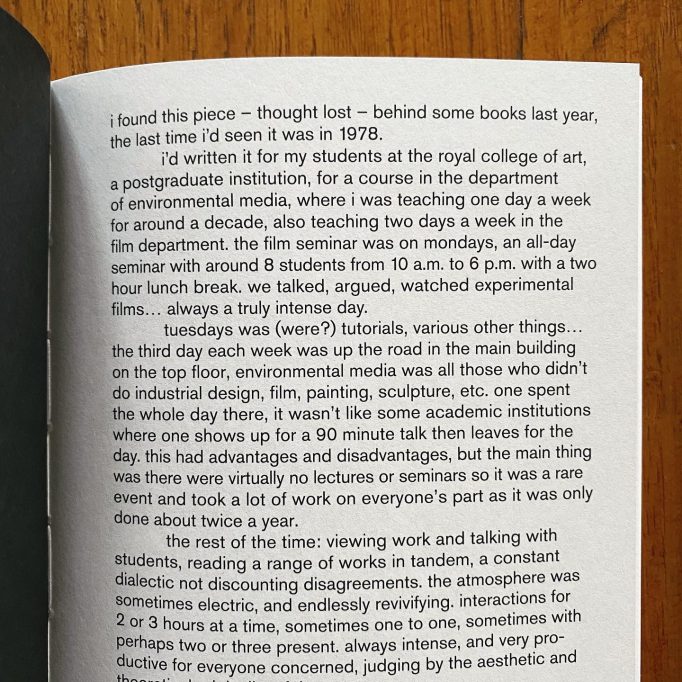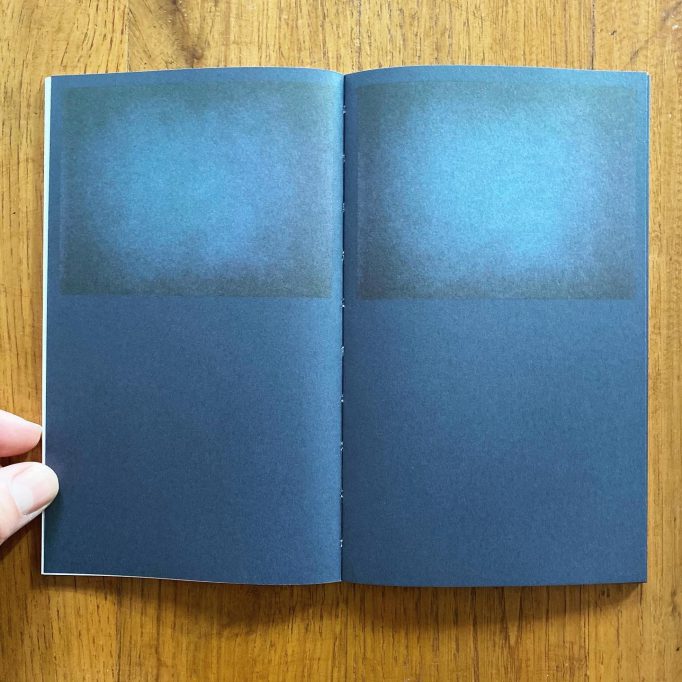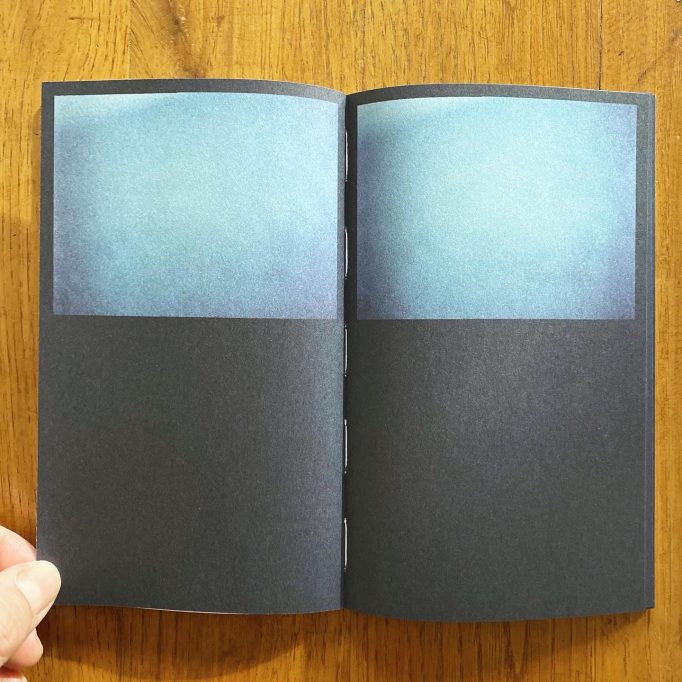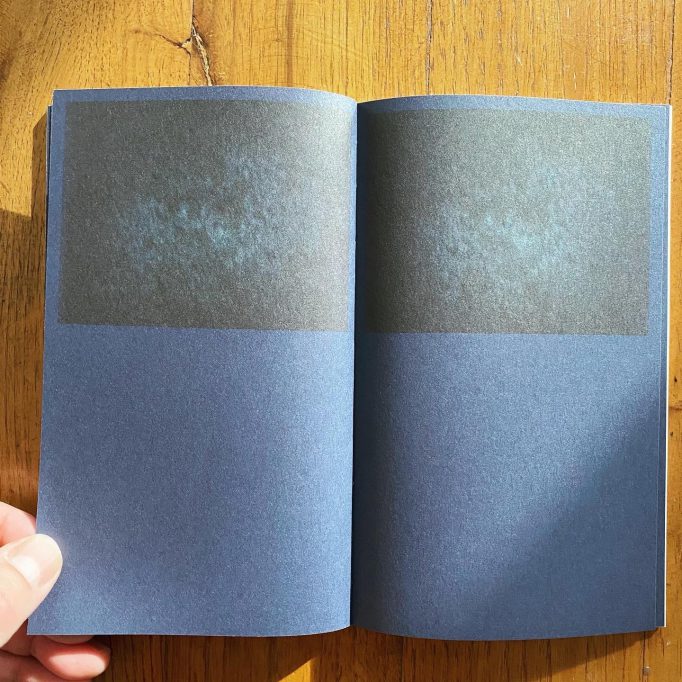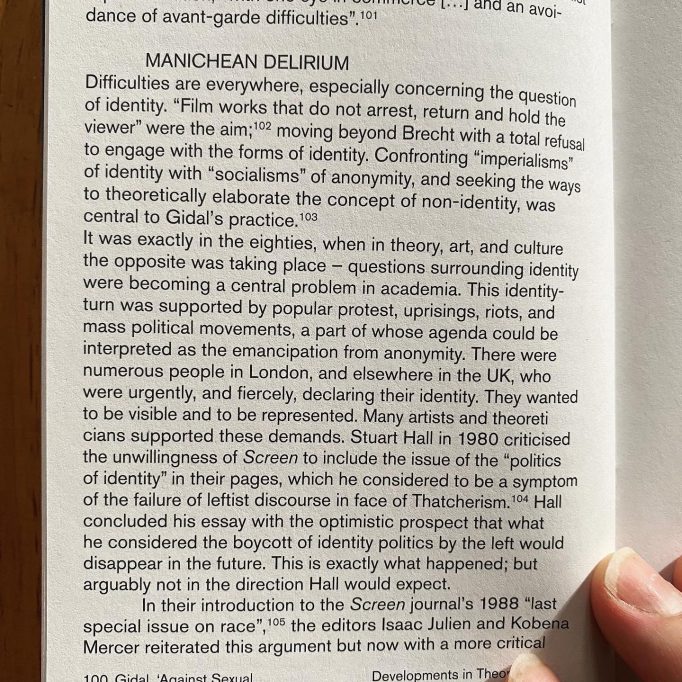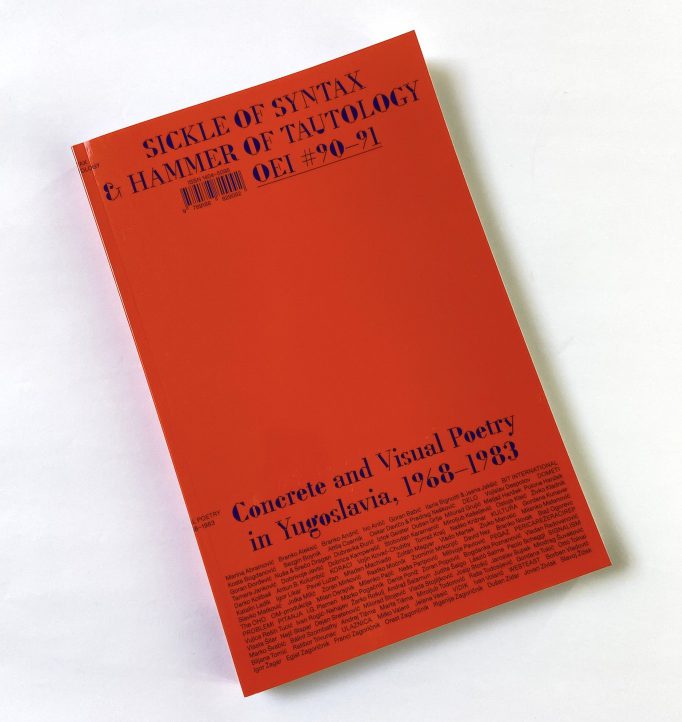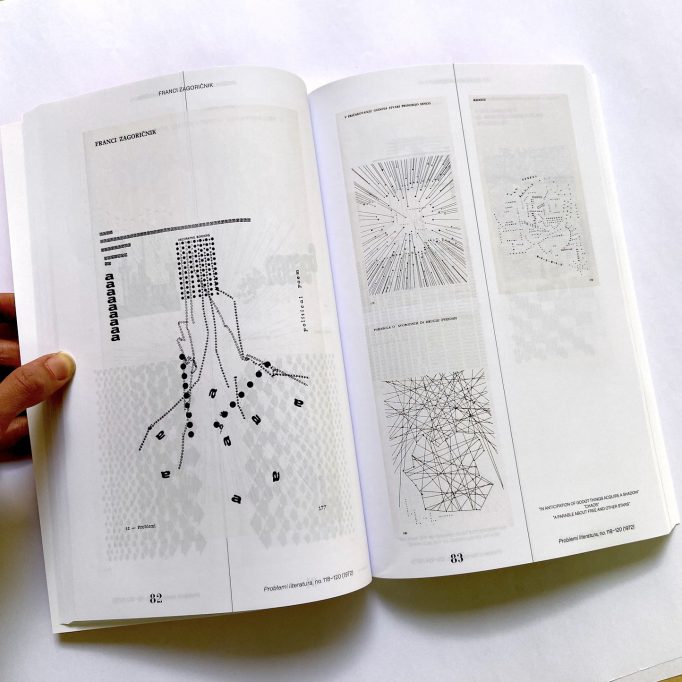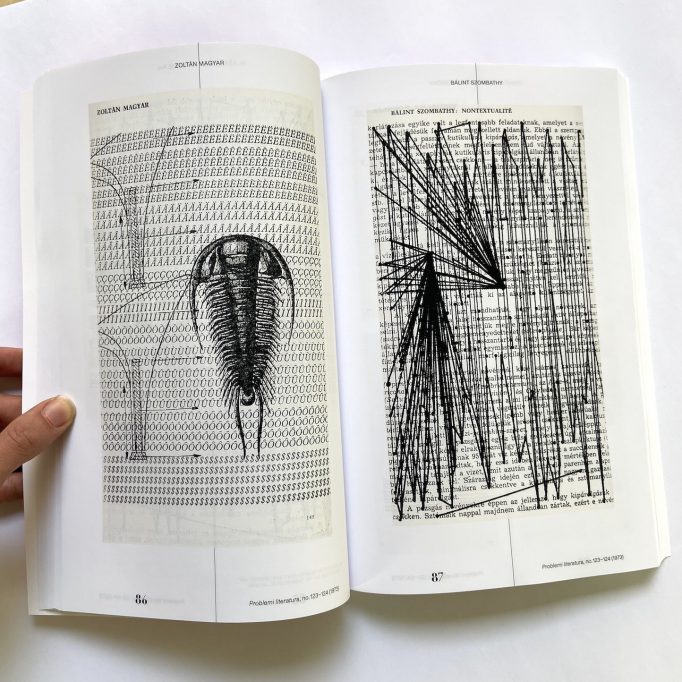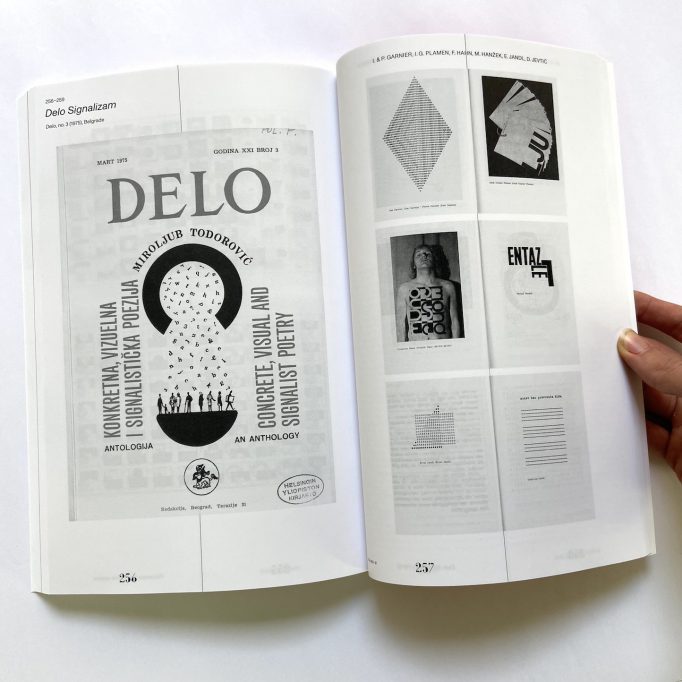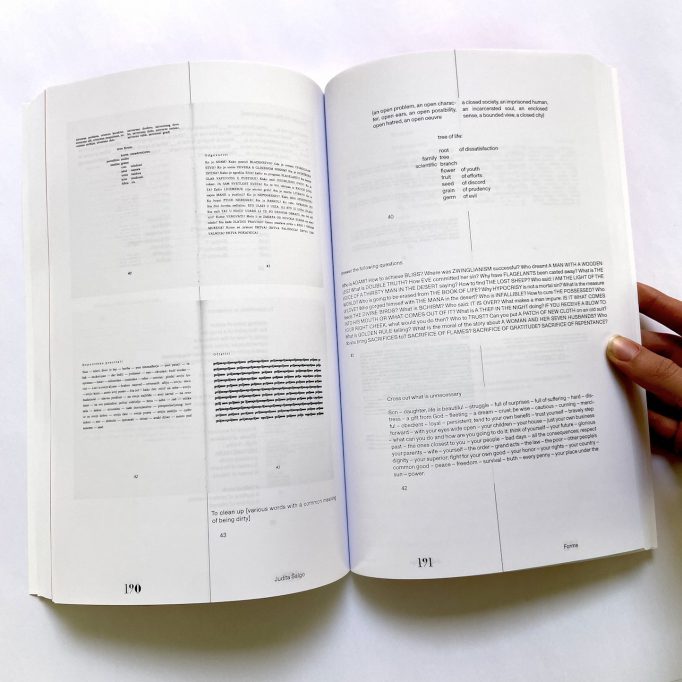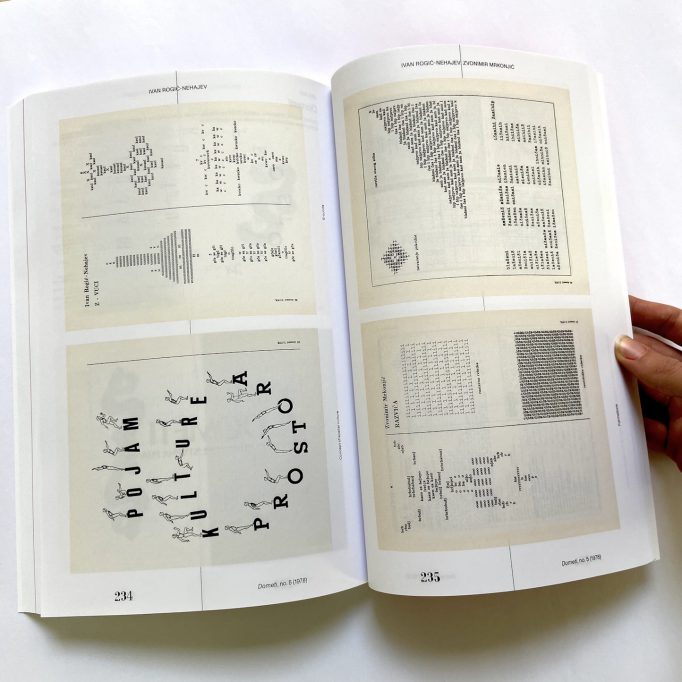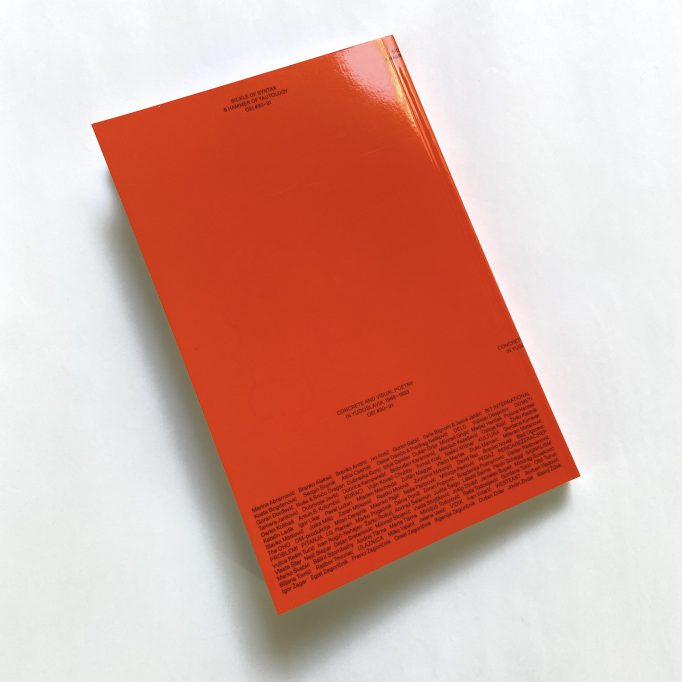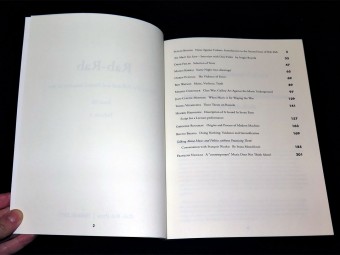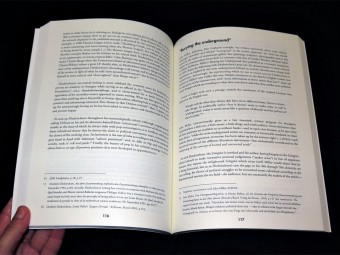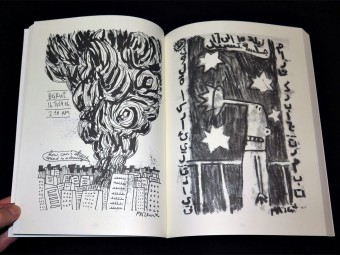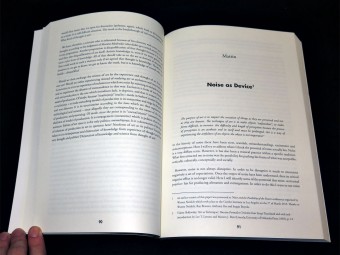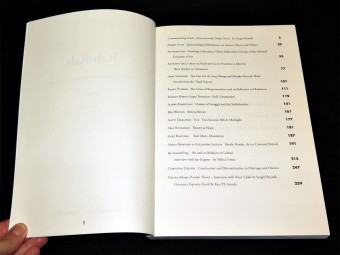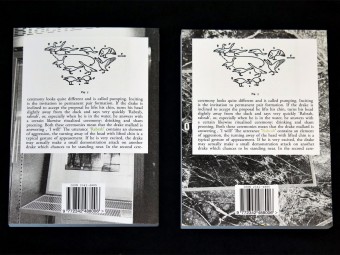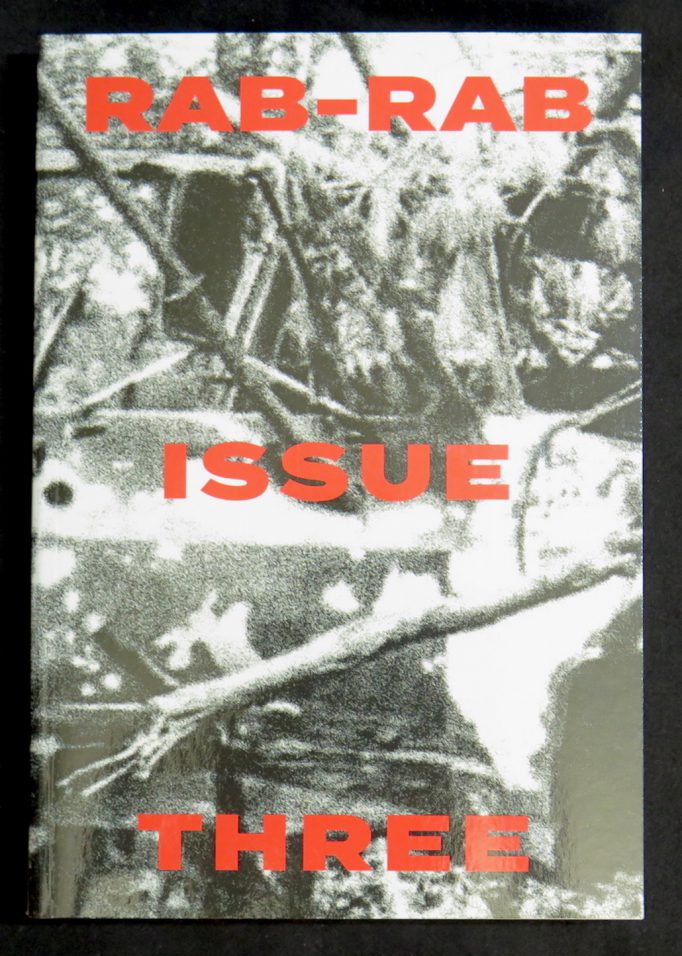
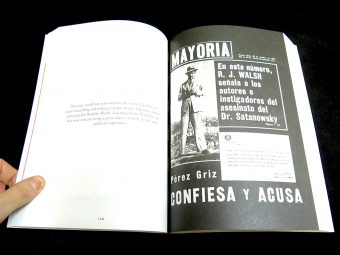
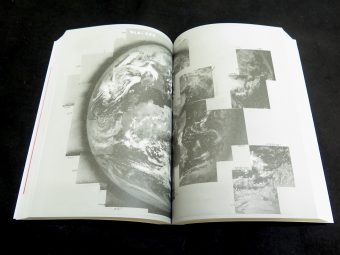
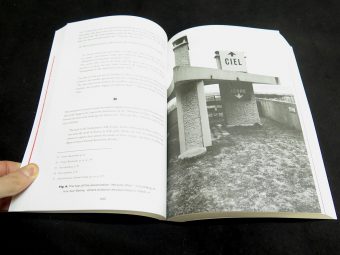
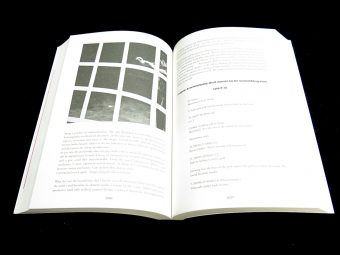
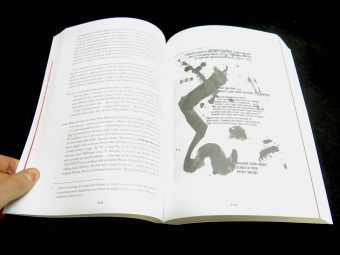
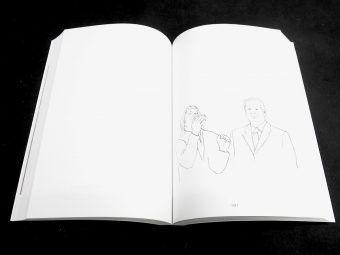
Rab-Rab: journal for political and formal inquiries in art
In almost 400 pages the third issue of Rab-Rab departs from Karl Marx’ essay on the law on the forest theft. The singularity of this essay is in its style; written in 1842, with the means of poetic abstraction it intervenes in the appropriation of the common resources by the private capital. By actualising poetry and abstraction as devices of political engagement, the third issue of the journal focuses on the question of subjectivity in art and politics. Among the diverse contributions the third issue includes texts and drawings on poetic configurations of Communist Manifesto, anti-fascist hallucinations of Artaud, neoliberalism of pirate radios, suburban riots, materiality of the film, representation of Stalin, communist sensuality, Last Futurist exhibition, documentary abstraction, declaration of East, Kazimir Malevich, the Black Square as organising principle, theory and militancy, Hegel and conceptualism, critique of objectivity of landscape, communism for children, hard-core punk, Art & Language, non-figuralism of art in self-management socialism, mathemes of cinematic experiments, the lesson of Rodolfo Walsh, and critique of ideological interpellation.
Edited by Sezgin Boynik and Gregoire Rousseau
Designed by: Nicolas Schevin (El-Sphere)
Contributors: Bini Adamczak, Marc Angenot, Alain Badiou, Sezgin Boynik, Diego Bruno, Igor Chubarov, Roque Dalton, Ralf Hamman, Vladan Jeremic, Ketevan Kinturashvili, Gal Kirn, Aino Korvensyrjä, Kalle Lampela, Kazimir Malevich, Ilya Orlov, Alejandro Pedregal, Martina Mino Perez, Judith Polett, Rena Rädle, John Roberts, Kerstin Schrödinger, Alberto Hijar Serrano, Caspar Stracke, Darko Suvin, Niloufer Tajeri, Vahit Tuna, Margaret Tupitsyn, Manuela Unverdorben, Elina Vainio, and Ben Watson.
Size: 17,5 x 25 cm
Weight: 780 g
Binding: Softcover
ISBN: 9772342488006
€18.00
Buy


